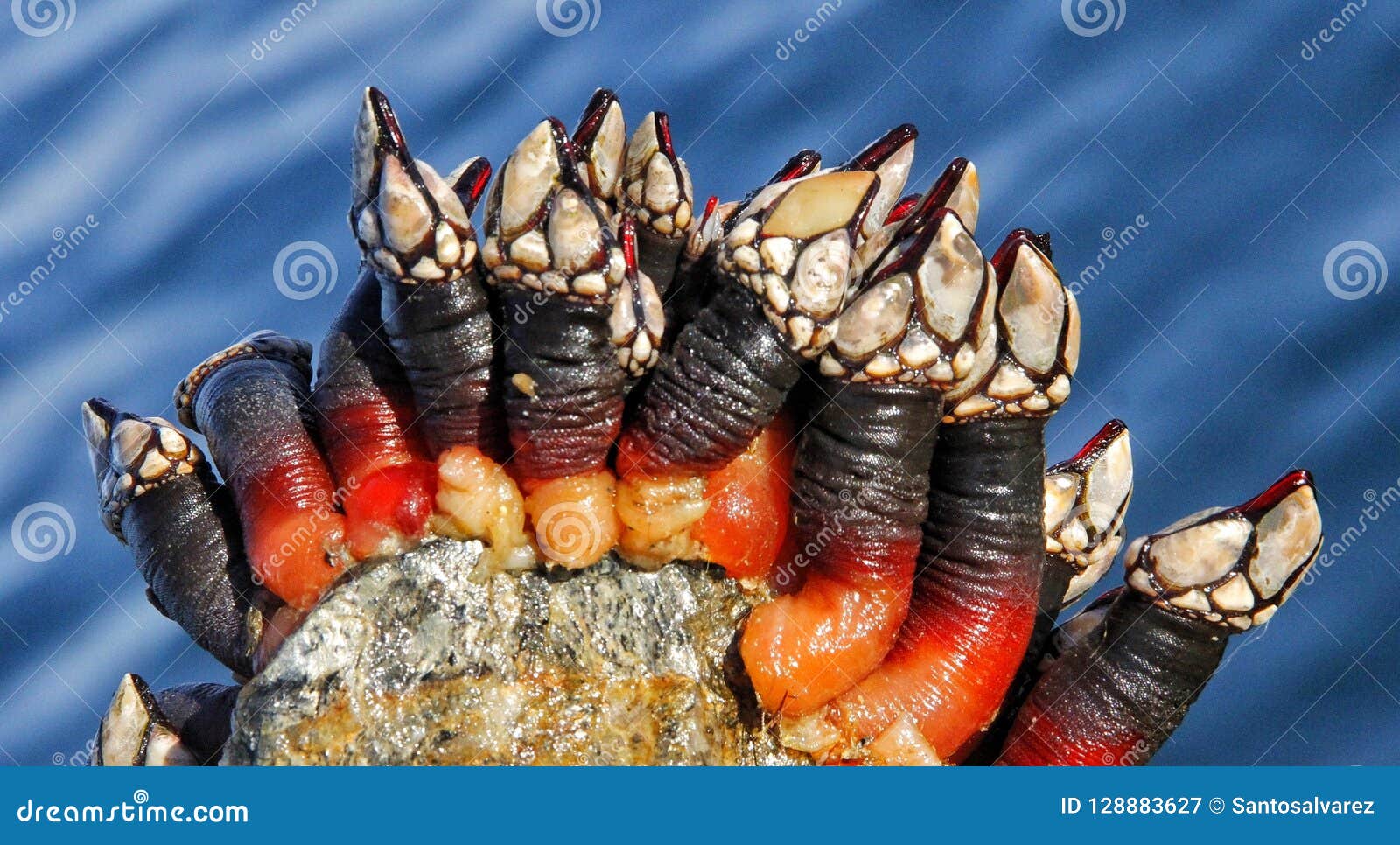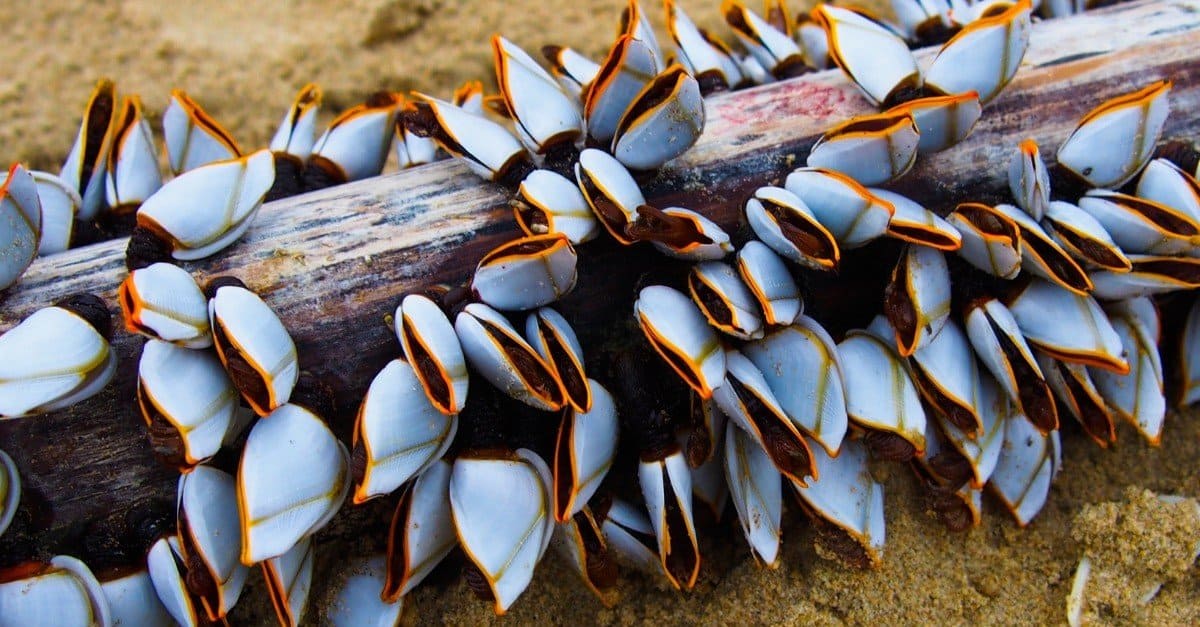Have you ever wondered whether barnacles can attach themselves to humans and what the implications might be? The concept of barnacles latching onto human skin may sound like something out of a science fiction movie, but it's rooted in biological facts. While barnacles primarily attach themselves to hard surfaces like rocks, boats, and marine animals, there are instances where they have been found on human bodies. In this article, we will explore the science behind barnacle attachment, their potential impact on humans, and how to handle such situations safely.
Barnacles are fascinating marine creatures that belong to the crustacean family. They are filter feeders that rely on water currents to bring them food. Once they find a suitable surface, they secrete a powerful adhesive and cement themselves permanently. While most barnacles prefer natural or man-made marine environments, rare cases have been reported where they have attached themselves to humans, especially divers or swimmers who spend extended periods in the ocean.
This article aims to provide comprehensive information about barnacles on humans, including their biology, potential risks, and preventive measures. Whether you're a marine enthusiast, a diver, or simply curious about the marine world, this guide will equip you with the knowledge you need to stay safe and informed.
Read also:Jon Snow Death A Comprehensive Analysis And Exploration Of The Characters Journey
Table of Contents
- What Are Barnacles?
- The Barnacle Attachment Process
- Can Barnacles Attach to Humans?
- Risks Associated with Barnacle Attachments
- Prevention Measures
- Safe Removal Methods
- Myths About Barnacles on Humans
- Real-Life Cases of Barnacle Attachments
- Scientific Studies and Research
- Conclusion
What Are Barnacles?
Barnacles are marine arthropods belonging to the infraclass Cirripedia. They are well-known for their ability to attach themselves to various surfaces, including rocks, ships, whales, and occasionally humans. These creatures go through several life stages, starting as free-swimming larvae before settling down and cementing themselves permanently.
Life Cycle of Barnacles
The life cycle of barnacles is complex and fascinating. Here are the key stages:
- Eggs: Female barnacles release eggs into the water, which are fertilized by nearby males.
- Nauplius Larvae: The eggs hatch into nauplius larvae, which drift in the water column for weeks.
- Cyprid Larvae: The nauplius transforms into cyprid larvae, which search for suitable surfaces to settle.
- Adult Barnacle: Once a suitable surface is found, the cyprid larvae secrete a strong adhesive and cement themselves permanently.
The Barnacle Attachment Process
Understanding how barnacles attach themselves to surfaces is crucial in preventing unwanted attachments. The attachment process involves several steps:
Key Steps in Attachment
- Surface Selection: Barnacles prefer smooth, hard surfaces that are exposed to water currents.
- Adhesive Secretion: Cyprid larvae secrete a protein-based adhesive that hardens quickly.
- Cementation: The larvae permanently cement themselves to the chosen surface.
This process is highly efficient and allows barnacles to thrive in challenging marine environments.
Can Barnacles Attach to Humans?
While barnacles primarily prefer marine surfaces, there have been documented cases of them attaching to humans. This usually happens when individuals spend extended periods in the water, especially in areas with high barnacle populations.
Factors That Increase Risk
- Prolonged Submersion: Spending long hours in the ocean increases the likelihood of barnacle attachment.
- Open Wounds: Barnacles may be attracted to areas with open wounds or cuts.
- Smooth Skin: Barnacles prefer smooth surfaces, making human skin a potential target.
It's important to note that such occurrences are rare and typically harmless if handled correctly.
Read also:Irvine Spectrum Movies Your Ultimate Guide To Entertainment
Risks Associated with Barnacle Attachments
Although barnacle attachments on humans are generally not life-threatening, they can cause discomfort and potential complications if not addressed properly.
Possible Risks
- Infection: Improper removal can lead to infections or skin damage.
- Scarring: Barnacles leave behind adhesive residue that may cause scarring if not treated.
- Allergic Reactions: Some individuals may experience allergic reactions to barnacle secretions.
Seeking professional medical advice is recommended if any adverse effects are observed.
Prevention Measures
Preventing barnacle attachment is easier than dealing with the consequences. Here are some preventive measures:
Practical Tips
- Use Protective Gear: Wear wetsuits or protective clothing when diving or swimming in barnacle-infested waters.
- Avoid Prolonged Submersion: Limit the time spent in water with high barnacle populations.
- Cover Open Wounds: Ensure all cuts or wounds are covered before entering the water.
By following these guidelines, you can significantly reduce the risk of barnacle attachment.
Safe Removal Methods
If a barnacle does attach itself to your skin, it's essential to remove it safely to avoid complications.
Steps for Safe Removal
- Consult a Professional: Seek medical advice before attempting removal.
- Use Sterile Tools: Employ sterile tools to avoid infections.
- Apply Antiseptic: Clean the area thoroughly after removal to prevent infections.
Never attempt to forcefully remove a barnacle, as this can cause more harm than good.
Myths About Barnacles on Humans
There are several myths surrounding barnacles and their interactions with humans. Let's debunk some of the most common ones:
Common Myths
- Myth 1: Barnacles can penetrate human skin. Fact: Barnacles do not have the ability to penetrate intact human skin.
- Myth 2: Barnacle attachments are always dangerous. Fact: Most attachments are harmless if handled correctly.
- Myth 3: Barnacles feed on human tissue. Fact: Barnacles are filter feeders and do not consume human tissue.
Understanding the truth about barnacles can help alleviate unnecessary fears.
Real-Life Cases of Barnacle Attachments
There are documented cases of barnacle attachments on humans, often involving divers or swimmers. For instance, a study published in the Journal of Marine Biology reported a case where a diver found barnacles attached to his wetsuit and skin after a long dive session.
Case Studies
- Case 1: A professional diver in Australia experienced barnacle attachment on his forearm after a 6-hour dive.
- Case 2: A recreational swimmer in Florida noticed barnacles on her legs after swimming in a barnacle-rich area.
These cases highlight the importance of preventive measures and safe removal practices.
Scientific Studies and Research
Scientific research has shed light on the biology and behavior of barnacles, including their interactions with humans. Studies conducted by marine biologists have provided valuable insights into the attachment process and potential risks.
Key Findings
- Adhesive Properties: Research has identified the protein-based adhesive used by barnacles, which is now being studied for industrial applications.
- Behavioral Patterns: Studies have shown that barnacles are more likely to attach to surfaces with water flow, increasing the risk for swimmers and divers.
These findings contribute to a better understanding of barnacle behavior and help in developing preventive strategies.
Conclusion
In conclusion, while barnacle attachments on humans are rare, they can occur under specific conditions. Understanding the biology of barnacles, their attachment process, and preventive measures is crucial in minimizing risks. If you encounter a barnacle attachment, seek professional advice and follow safe removal practices to avoid complications.
We encourage you to share this article with others who may benefit from the information. For more insights into marine biology and safety tips, explore our other articles on the site. Your feedback and comments are always welcome!



